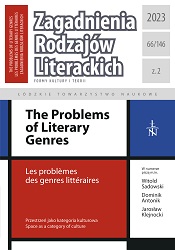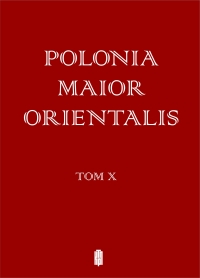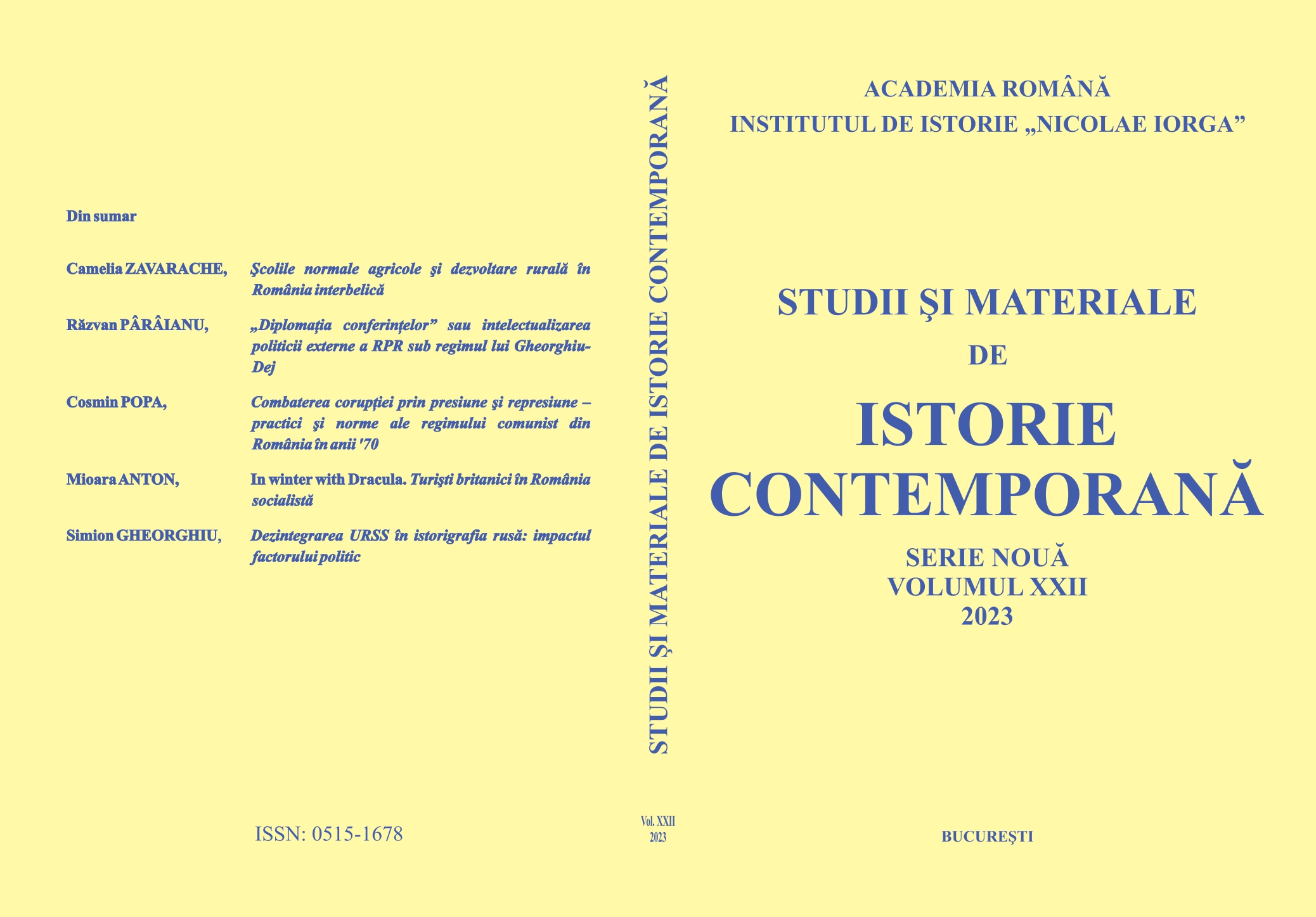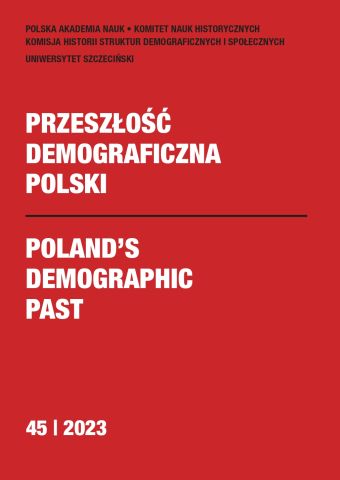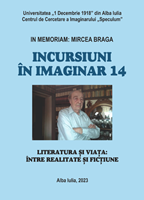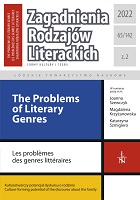
Praca z archiwum rodzinnym w utworach autobiograficznych Ludwiki Włodek i Katarzyny Surmiak-Domańskiej
The study focuses on the archival work undertaken by Ludwika Włodek (Pra. Iwaszkiewiczowie. Opowieść o rodzinie, 2021) and Katarzyna Surmiak-Domańska (Czystka, 2021), who, in their autobiographical stories, not only attempt to reconstruct the life of early XXth century families but also to re-tell the stories of their grandmothers: Maria Iwaszkiewicz and Franciszka Surmiak. The analysis reflects on how the contact with archival materials influences the writers and opens them up about their ties with family members. It also explores the topic of the autobiographers’ trauma discovered in the stories with the help of different writing strategies (e.g., using the third person narrator, auctorial narration). Studying the stories focused on archived documents and interviews with family members allowed the author to draw up a thesis that it is not the process of writing that releases the writers’ difficult emotions connected with their past, but the work in the archives, which confronts them with deficits and empty spaces within the family history. The article also aims to verify the hypothesis about the new possible tendency in women’s storytelling oriented on the topic of family. The methodological background of the study relies on the works devoted to women’s autobiographical writing, and archival theory.
More...
